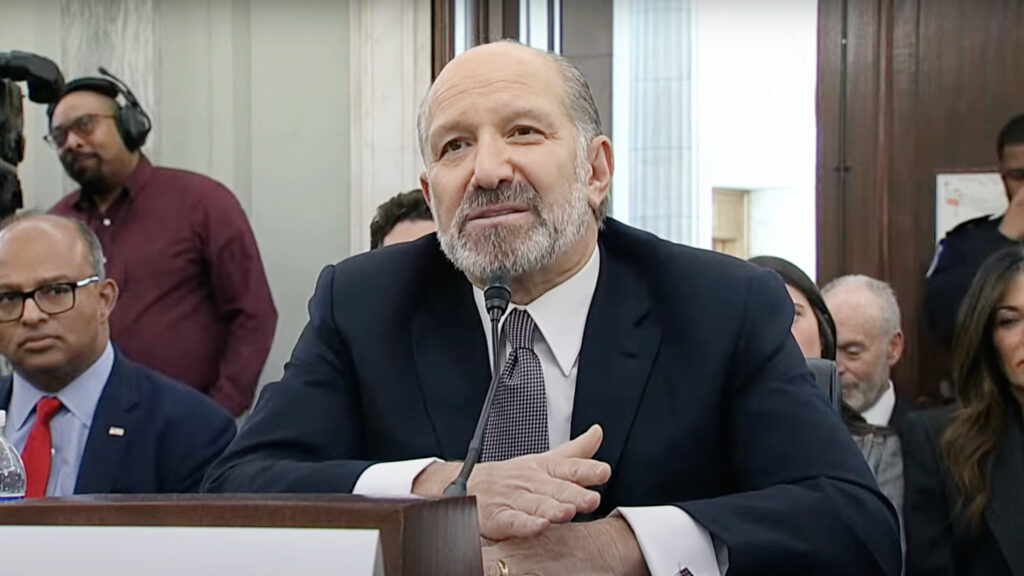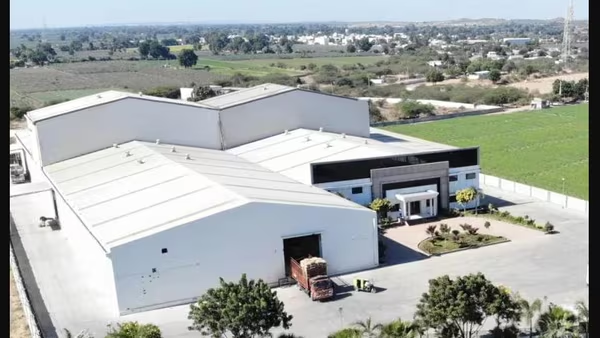U.S. Awaits Japanese $550 Billion Investment: Lutnick Promises Update This Week

Lutnick Promises Update This Week: Commerce Secretary Lutnick says details on Japan’s proposed $550 billion investment in the U.S. are coming this week. Dive into what’s at stake—from semiconductors to rare earths—analyst views, scenarios for investors, historical comparisons, FAQs, and what it means for the U.S. economy.
1. What’s Happening: Big Investment News Unfolds
U.S. Commerce Secretary Howard Lutnick has announced that the U.S. will unveil a major update later this week regarding a $550 billion investment pledge from Japan. This commitment stems from a July agreement: in return for U.S. tariff reductions to 15%, Japan pledged to invest hundreds of billions of dollars into critical U.S. industries. Expect official details soon.
Key Areas Targeted: Semiconductors, antibiotics, rare-earth minerals, energy, shipbuilding, pharmaceuticalsReuters+1The Wall Street Journal.
A senior Japanese envoy, Ryosei Akazawa, is expected to visit Washington to formalize the arrangements, including how investment returns will be shared between the two countries.
2. Context & Historical Background
| Timeline | Event & Significance |
|---|---|
| July 2025 | Trade deal reached: tariffs reduced to 15% in exchange for Japan’s investment pledge |
| Now | U.S. expects formal announcement detailing terms—debt vs loans, profit-sharing, project criteria. |
| September 2025 | Expected execution phase: projects begin, possibly led by JBIC, NEXI, or U.S. Investment Accelerator. |
Historical Precedent: While investment pledges are not novel—previous examples include Toyota plants—they’ve traditionally been private-sector driven. This deal is unique in its scale, government-led structure, and unprecedented profit-sharing arrangement.
3. Analyst Perspectives & Expert Insight
- Financial Press (WSJ): Frames deal as a “sovereign wealth fund” proxy—Japan finances, U.S. directs investments, capturing 90% of returns. Projects may be GE-type models: U.S. builds semis or mines, leases to private sector.The Wall Street Journal
- Financial Times (FT): Warns of diverging U.S.–Japan interpretations—Tokyo says profit shares hinge on risk and financing, not fixed 90/10 split. Deal not legally binding; largely conceptual.Financial Times
- Reuters & Japan Times: Emphasize flexibility—Japanese officials prefer a less formal arrangement to expedite tariff rollback, viewing it as temporary and tactical.Reuters+1The Japan TimesStratNews Global
- Axios: Highlights the vagueness—$550 billion is nearly 14% of Japan’s GDP. Details needed: fund structure, governance, and return rates.Axios
4. Investor Scenarios: What Could This Mean?
Scenario A: Tech & Semiconductor Investor
- Bullish: Secured U.S. chip manufacturing projects could explode valuation in firms like Intel, Micron, or domestic equipment suppliers.
- Cautious Watch: Await confirmation if Japan’s package entails loans or equity; real impact may lag.
Scenario B: Defense & Rare-Earth Play
- Opportunity: Rare-earth mining and processing companies could benefit—critical for defense, EVs, and clean energy.
- Risk: Profit-sharing and investment roll-out speed remain uncertain.
Scenario C: Pharma & Biotech Follower
- Strategic Advantage: U.S. antibiotic/microbiology firms may gain from key production funding.
- Execution Unknown: Investment terms and selection criteria matter—public-private partnership details pending.
Scenario D: Institutional Allocation
- Infrastructure Fund Model: U.S. gets leverage over strategic project selection—could mimic sovereign wealth fund dynamics.
- Legal & Political Snapback: Democratic oversight, judicial review, or political changes can derail the model.
5. Realistic Investor Examples
- Investor John (Tech ETF): Buys into semis ETFs (e.g., SMH) on speculation. If hardware plants get funded, gains could follow. If not, returns flat.
- Fund Manager Lisa: Allocates funds to rare-earth mining startups, anticipating supply-chain reshoring benefits.
- Policy-focused Bonds Investor: Diversifies into U.S. Treasury ETFs, expecting a tighter U.S.–Japan bond alignment due to shared investment frameworks.
6. Comparisons to Past Deals & IPOs
Comparison with Past IPO-Linked Investments:
- Toyota’s auto-manufacturing investments in Kentucky were voluntary, not tied to deals.
- SoftBank’s $2B Intel investment is outside this packageReuters.
- Samsung’s U.S. chip investments were motivated by opportunity, not policy conditions.
- This $550B deal is deal-driven capital, not market-driven capital.
7. FAQs (Google-Friendly)
Q1: Is the $550B guaranteed?
No. It’s a pledge via government-backed loans, equity, and guarantees—not a signed, irrevocable contract. Expect formalization this week.ReutersThe Wall Street JournalAxios
Q2: What industries will benefit most?
Semiconductors, antibiotics/pharma, rare-earths, energy, shipbuilding are listed as key sectors.¨Reuters+1New York Post
Q3: Why is profit split disputed?
The U.S. claims 90% profit share, but Japan says profit allocations depend on risk-sharing and financing stakes. No binding wording yet.Financial TimesThe Wall Street Journal
Q4: What’s at stake for U.S.–Japan trade?
Major tariff rollback (down to 15%) on autos and other goods. Confusion remains until written terms materialize.Reuters+1Financial Times
Q5: Could this act as a U.S. sovereign wealth fund?
In practice, yes. U.S. may channel these funds like a state CIO—making strategic, politically directed investments. But Kremlin-style models raise governance concerns.The Wall Street Journal
Q6: When will funds start flowing?
Perhaps later in 2025, but largely depends on legal agreements—written or executive-based—and how swiftly both parties finalize paperwork.
8. Bottom Line for U.S. Investors
- Stay alert: Key details to drop this week—profit split, fund structure, sector targets.
- Markets to monitor: Semi-equities, rare earths, defense suppliers, biotech firms.
- Political risks: Congressional oversight, legal scrutiny, or regulatory delay possible.
- Long-term advantage: If delivered, this could transform U.S. industrial capacity and global competitiveness.







